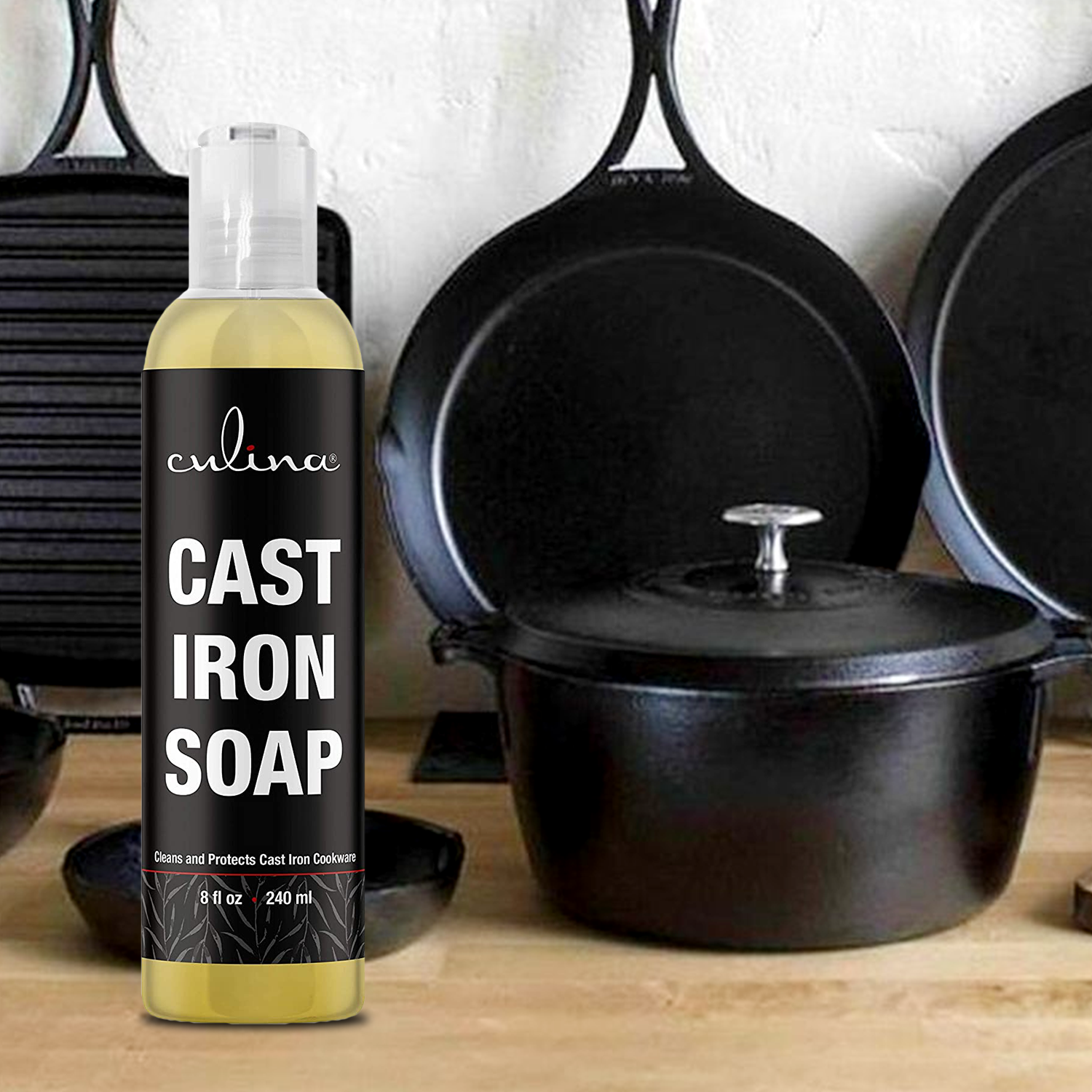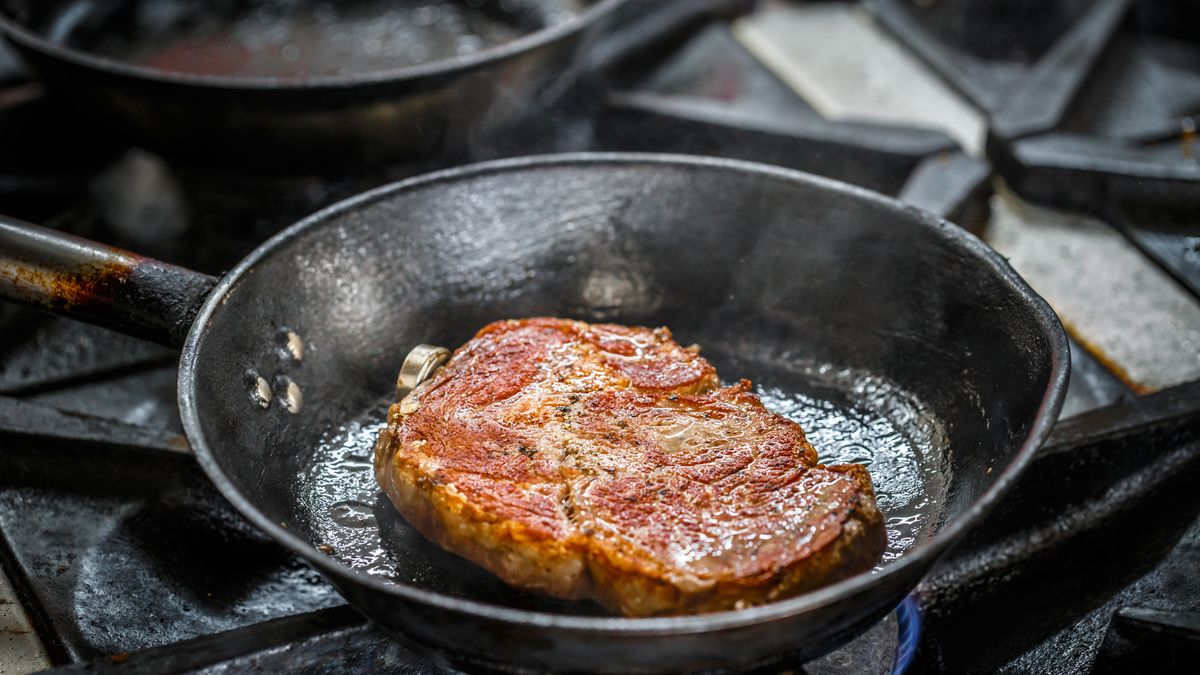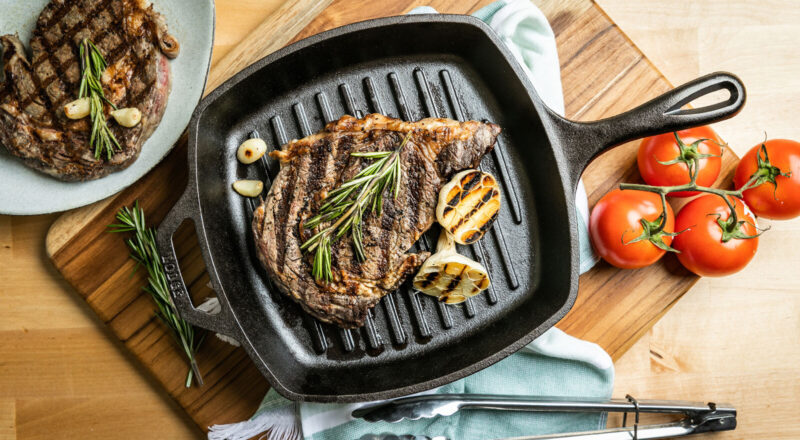In the world of cooking, a cast iron skillet is a timeless piece of kitchen equipment. Known for its durability and heat retention, its a favorite among kitchen professionals. But to truly maximize its potential, one must know how to burn a cast iron skillet. This technique, often intertwined with seasoning, enhances its non-stick properties and extends its lifespan.
Burning a cast iron skillet might sound intimidating, but with the right instructions, you can master this essential skill. Our guide is perfect for kitchen professionals and cooking enthusiasts alike.

Understanding the Importance of Burning Your Cast Iron Skillet
Burning or seasoning your cast iron skillet creates a layer of polymerized oil, which makes the skillet naturally non-stick. This process is important to prevent your food from sticking and to protect the skillet from rust.

What You Need to Burn a Cast Iron Skillet
Gather Your Tools
- Cast iron skillet
- Vegetable oil or lard
- Aluminum foil
- Oven
- Oven mitts
- Paper towels
Choosing the Right Oil
The type of oil you use is crucial. Vegetable oil, flaxseed oil, or lard are among the favorites. Each oil has its own properties, but the key is to use an oil with a high smoke point.

Step-by-Step Guide: How to Burn a Cast Iron Skillet
Step 1: Preheat Your Oven
Preheat your oven to 350F (177C). This ensures even heat distribution during the burning process.
Step 2: Clean Your Skillet
Before you start the burning process, make sure your skillet is clean. You can learn how to clean a cast iron skillet here.
Step 3: Apply Oil Evenly
Using a paper towel, apply a thin layer of oil over the entire surface of the skillet, including the bottom and handle.
Step 4: Bake the Skillet
Place the skillet upside down on the middle rack of your preheated oven. Put a sheet of aluminum foil below it to catch any drips. Bake for one hour.
Step 5: Let It Cool
After one hour, turn off the oven and let the skillet cool inside the oven. This ensures gradual temperature changes and prevents cracking.
Step 6: Repeat If Necessary
For a more robust seasoning, you may repeat the oil application and baking process 2-3 times.
Common Mistakes to Avoid
Using Too Much Oil
Applying too much oil can lead to a sticky residue instead of a smooth, non-stick surface.
Not Cleaning Properly
Residual food particles can interfere with the seasoning process. Make sure to clean your skillet thoroughly before burning.
Maintaining Your Burnt Cast Iron Skillet
Regular Cleaning
After each use, clean your skillet with hot water and a soft brush. Avoid using soap, as it can strip away the seasoning. For more detailed cleaning methods, visit this guide.
Re-seasoning as Needed
Over time, you may need to re-season your skillet. Apply a thin layer of oil and bake it just as you did when first burning it.
Benefits of a Well-Seasoned Cast Iron Skillet
A well-seasoned cast iron skillet has numerous benefits. Its naturally non-stick, provides even heat distribution, and adds a unique flavor to your dishes.
FAQs
How Often Should I Burn My Cast Iron Skillet?
You should burn your skillet whenever it starts losing its non-stick properties. This could be every few months, depending on usage.
Can I Use Soap to Clean My Skillet?
It’s best to avoid soap as it can strip the seasoning. Instead, use hot water and a brush. For stubborn residues, use kosher salt as a scrub.
What Oils Are Best for Seasoning?
Vegetable oil, flaxseed oil, and lard are the best options due to their high smoke points and ability to polymerize on the skillet surface.
As an Amazon Associate, I earn from qualifying purchases.

